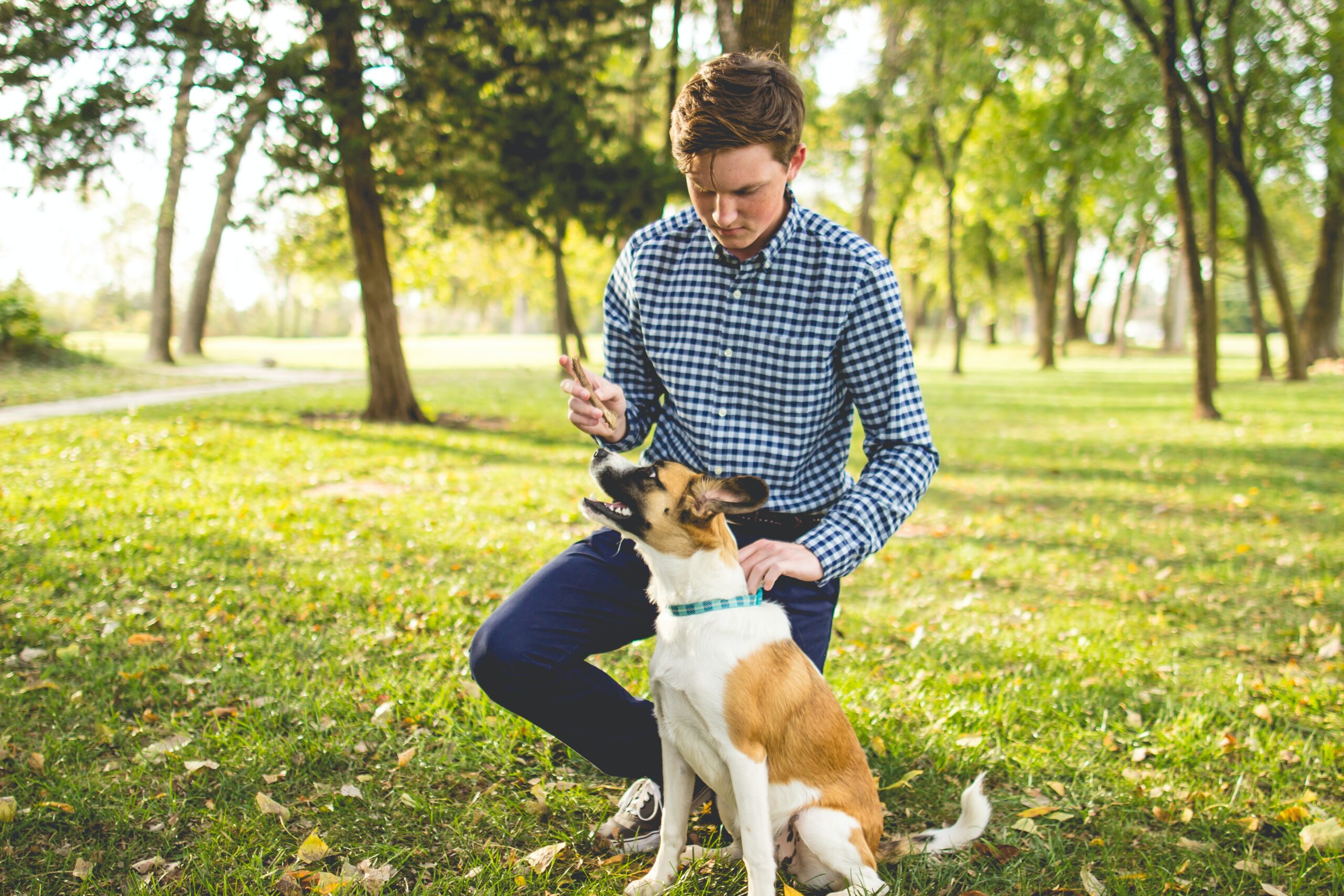Essential Dog Training Commands for Safety and Better Communication

Understanding your dog and ensuring they can understand you is crucial in creating a strong bond, maintaining safety, and nurturing a loving and respectful relationship.
At Pup Club Official, we are committed to helping dog owners develop better communication with their pets through effective and appropriate training. Our comprehensive dog training, socialisation, and stimulation membership support owners and their dogs in creating an enjoyable, safe, and harmonious relationship.
In this blog post, we will highlight essential dog training commands that are fundamental in promoting safety, enhancing communication, and encouraging desirable behaviours. These instructions stretch beyond the basics of ‘sit’ or ‘stay’ and delve into more nuanced commands that can play a critical role in managing your dog’s behaviour in various situations. Effective communication with your dog is not about dominating or controlling them but more about understanding and cooperation.
Through learning and consistently practising these commands, you’ll instil in your pet foundational behaviours that can limit risks, establish boundaries, and create a more peaceful home environment. Furthermore, training your dog these necessary commands allows for greater bonding between you and your furry friend, reinforcing trust and mutual respect.
Join us on this educational journey as we cover the essential dog training commands every owner needs to know and how to implement them effectively. Under the guidance and support of Pup Club Official, you’ll be well-equipped to provide the right training for your dog, fostering better communication and a stronger bond to last a lifetime.
Responsive Name Recognition
One of the most important—and often overlooked—commands is teaching your dog to respond to their name. This forms the foundation of effective communication and serves to capture your dog’s attention in any situation, be it at home, on a walk, or in a busy environment.
To train name recognition, start by saying your dog’s name in a clear and cheerful voice. When they turn their attention towards you, immediately reward them with a treat or praise. Repeat this exercise in various settings and gradually increase the level of distraction. Consistent practice will help to reinforce this essential command in your dog’s training repertoire.
The Importance of a Reliable Recall
An effective recall not only ensures that your dog returns to you promptly when called but can also be the difference between a potentially dangerous situation and a controlled one.
Begin by practising recall in a quiet and safe environment, using a consistent cue such as “come” or “here.” Praise and reward your dog immediately when they return to you. Gradually increase the distance between you and your dog and practice in a variety of settings with varying levels of distraction.
Mastering the “Leave It” Command
The “leave it” command is useful when you want your dog to stop focusing on an object or avoid picking something up, such as food from the floor or a dangerous item. This command protects your dog from potential injuries and ensures their safety in unpredictable environments.
To teach the “leave it” command, place a treat on the floor and cover it with your hand. When your dog approaches to investigate, say “Leave it” and wait for them to move their attention away from the treat. Immediately reward them with a different treat to indicate their focus should be on you. Practice consistently and progress to leaving the treat uncovered before introducing more distracting or enticing items.
Polite Greetings: Preventing Jumping
Dogs that jump on people during greetings can be a nuisance and pose a risk to the person being jumped on. Teaching your dog to greet people politely without jumping is an essential behaviour that promotes better communication and respect.
Start by teaching your dog to ‘sit’ when meeting new people, as a dog in a sitting position cannot jump. Reinforce the sit command with treats and praise, and instruct guests to only engage with your dog when they are seated and calm. Practice with different people in various settings to reinforce polite greeting behaviour consistently.
Easing the Leash: Loose Leash Walking
A dog that pulls on the leash can make walks uncomfortable and, at times, dangerous if they drag you into unsafe situations. Teaching your dog loose leash walking will create a more enjoyable and safer walking experience for both of you.
Begin in a calm environment free from distractions. Hold a treat in the hand nearest your dog and use it as a lure to keep them by your side as you walk forward. Use a command like “heel” or “with me” and praise them when they walk without pulling. Gradually increase the complexity of the environment and distractions as your dog becomes proficient at loose-leash walking.
Conclusion
Incorporating these essential dog training commands into your pet’s routine will significantly enhance your communication and improve your dog’s overall safety. While it may take time and perseverance, the rewards of a well-trained and responsive dog are undeniable.
At Pup Club Official, we provide comprehensive dog training, socialisation, and stimulation membership to guide you in effectively teaching your dog these essential commands and nurturing a strong bond based on understanding, trust, and communication. Equip yourself and your canine companion with the tools and support necessary to create a lifetime of happiness and safety together — contact us to sign up for dog training classes today!